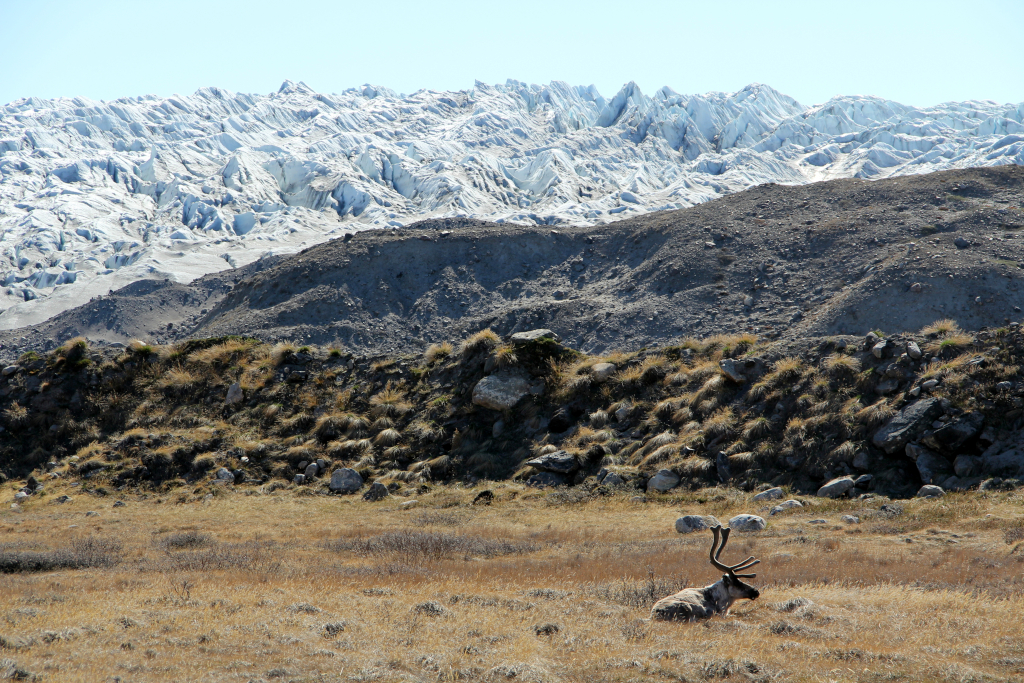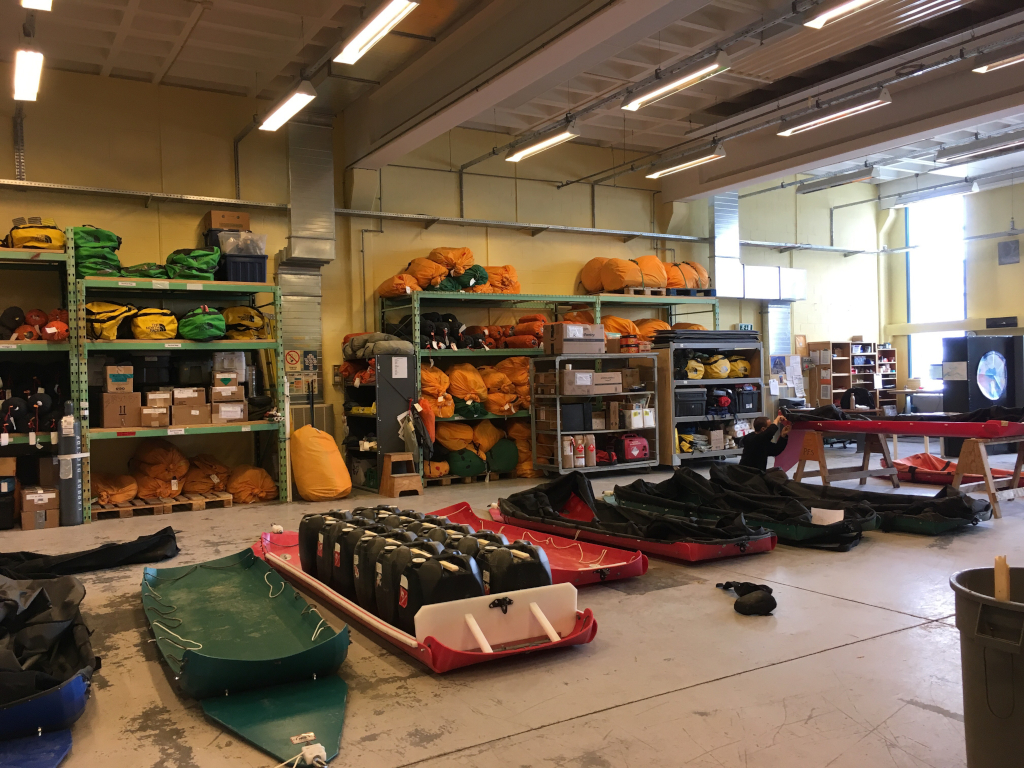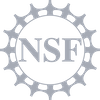Please refer to the Greenland Guide, contact your Project Manager, or the Greenland Operations Manager for further information.
Kangerlussuaq serves as the destination for northbound Air National Guard flights serving the NSF’s Greenland research program. It was established as a United States air base during World War II and continued operations throughout the Cold War period. The settlement was known first as Bluie West-8 and later as Sondrestrom Air Base. Over time a local community developed to serve the air base population and those workers remained after the air base closed in September 1992. Greenland leveraged the existing infrastructure and continued to operate air services from the location. Kangerlussuaq has the largest commercial airport and is an air transport hub on the island. Today, the settlement’s economy and population of 500 is almost entirely reliant on the airport and the seasonal tourist industry it supports.
Kangerlussuaq has the largest road network outside of town limits of any settlement in Greenland. A gravel road, initially serving as a venue for car endurance experiments, connects Kangerlussuaq with the edge of the ice sheet about 24 km (15 miles) away. As a result, Kangerlussuaq offers the most straightforward access to Greenland’s inland ice sheet, a popular tourist attraction. The Inuit hunting area Aasivissuit—Nipisat, which lies between Kangerlussuaq and Sisimiut in West Greenland—was added to the United Nations Educational, Scientific and Cultural Organization (UNESCO) World Heritage List in 2018.
Kangerlussuaq is the starting point for most NSF-funded science projects working in Greenland. Most researchers travel to Kangerlussuaq via the Air National Guard. The Battelle ARO team staffs Kangerlussuaq during the summer months (typically March-September but flexible based on science requirements). Customer service is the main priority, ands include facilitating research logistics, engaging with the community, and supporting operational and construction projects. The Battelle ARO team can provide the below level of support for NSF-funded researchers:
- Orientations for incoming staff and researchers, including site orientation, safety protocols/trainings, harassment policy, schedule, IT and communication processes, etc.
- Air National Guard (ANG) passenger and cargo coordination
- Facilitation of passenger & cargo movement for commercial helicopter, fixed wing, and vessels.
- Allocation and training on safe equipment usage, including camping equipment, communication gear, safety equipment, snowmobiles, generators, etc.
- Coordination of local travel, including lodging, truck rentals, airport transfers, etc.
- In-country travel arrangements for commercial domestic flights, special fixed-wing or helicopter charters, and lodging
- Acts as the communication hub for all Greenland operations, including daily check-ins with field parties, local day-trip tracking, flight following, emergency incident command center, etc.
- Acts as a community liaison, including attendance at kommunia (town) meetings and organizing science outreach and engagement activities.
- Acts as a security liaison, including interface w/ Politi (local police) and customs agents to ensure adherence to local laws and customs.
- Coordinates sample storage, movements, and lab space allocation as required.
- Processes waste received from field parties for dump, retro, recycle, or resale.
- Office and administrative support: personal computer, copier, secure storage for documents and baggage, and mail forwarding
Battelle ARO administrative offices are located on the first floor at the Kangerlussuaq International Science Support (KISS) facility.
NSF warehouses are located in buildings 415 (Mechanical Shop) and 416 (Kangerlussuaq Science Center). Warehouses are where allocated gear is stored and maintained, cargo services are performed, and storage for scientists exists (indoor, outdoor, and sample storage to –20° C).
Lodging is provided. All personnel are housed in the KISS facility. KISS has two person dormitory rooms with common baths. Food also can be purchased at a local store and prepared in the KISS facility kitchens.

Photo by: Jessy Jenkins



